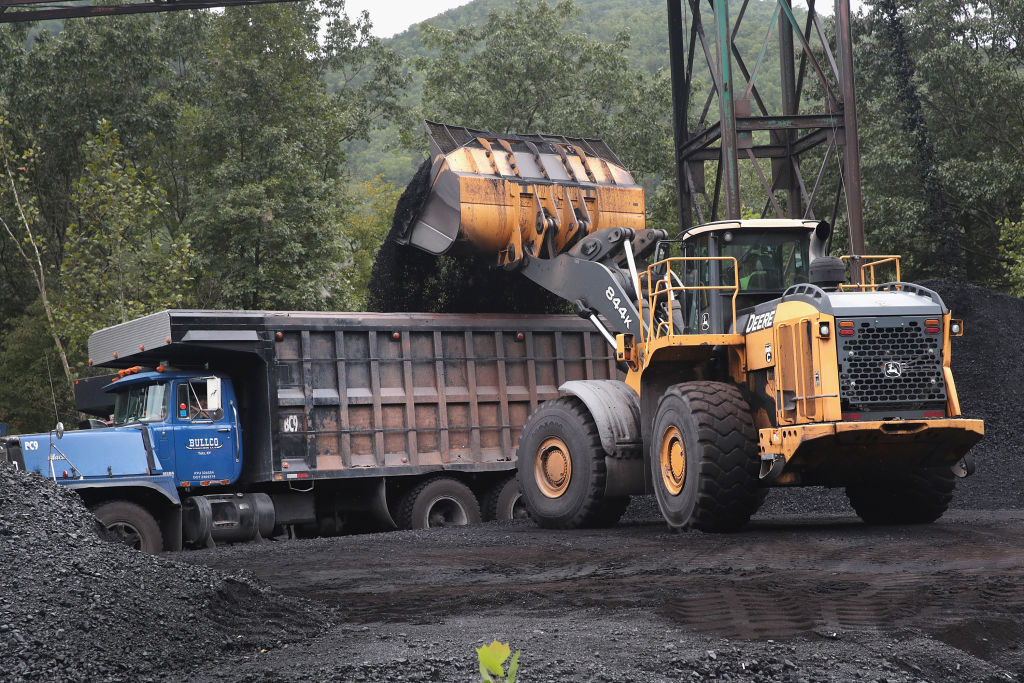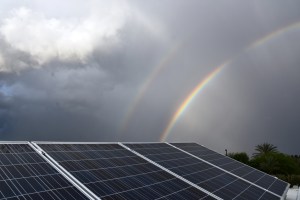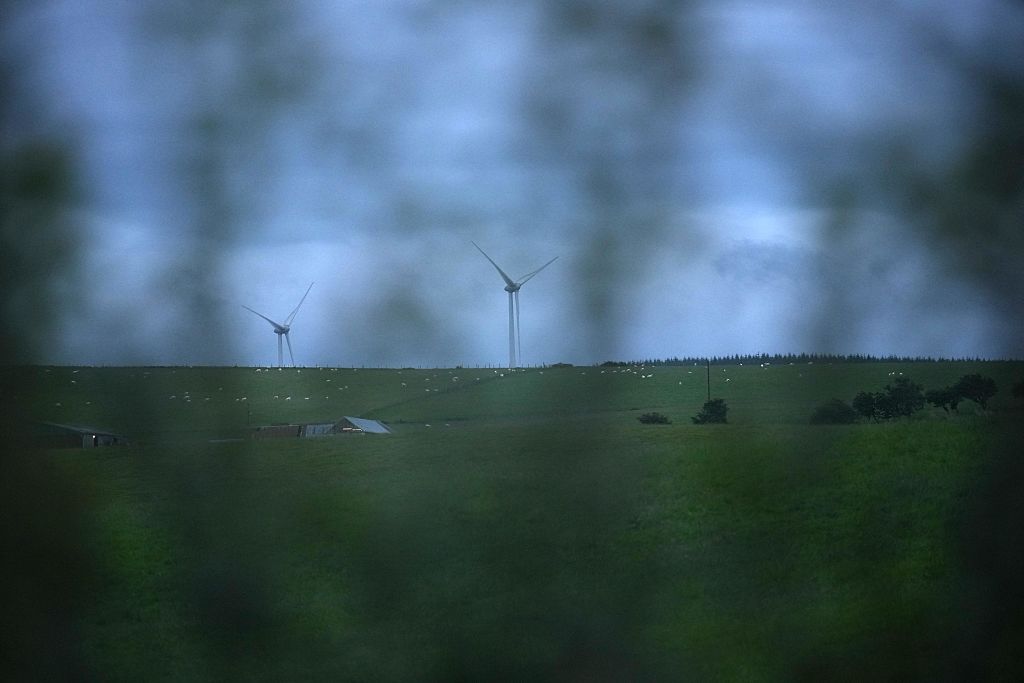A pair of Wall Street Journal headlines announced last week that “renewables surpassed coal power generation in 2022 for first time,” and “coal prices tumble while use of wind power, solar energy leaps ahead.”
Taken at face value, you might believe fossil fuels are about to go the way of the floppy disk. Not so. News of renewable triumphs is often greatly exaggerated. Pretending that we can dismiss coal and other fossil fuels as energy sources anytime soon is to bite the hand that feeds us. Some GOP congressmen realize this and have passed the Lower Energy Costs Act to “expedite energy projects, eliminate or reduce certain fees related to the development of federal energy resources, and eliminate certain funds that provide incentives to decrease emissions of greenhouse gases.”
Coal power generation, disproportionately burdened with heavy costs and regulations, dipped slightly last year. “Federal clean energy tax credits are accelerating a nationwide wave of coal plant closures, as those facilities can no longer economically compete,” reports the Hill. Renewables, which owe their leaping abilities to taxpayer subsidies, still lag way behind natural gas.
The US also relies on China, a notorious polluter and human rights abuser, for its so-called “green energy” technology. Even when renewables are installed on American soil, they’re made of steel and plastic and involve foundations comprised of concrete and rebar, fuel-intensive transportation, as well as continual lubrication — all of which require fossil fuels.
“It’s kind of artificial to imply there’s more wind and solar energy because renewables work better or they’re cheaper,” says Steve Milloy, a senior legal fellow with the Energy and Environment Legal Institute. “It’s all because of government policies. If you burn coal cleanly, it’s always cheaper than wind and solar. But they’ve made coal really expensive to burn through EPA regulations, whereas wind and solar are subsidized. And then utility companies make even more money through [renewables], because when they build new wind and solar facilities and farms, they make money.”
The US has lofty green goals and started subsidizing the renewable energy industry in 1992, with Senator Chuck Grassley’s Renewable Energy Production Tax Credit, which has been renewed a dozen times. The Inflation Reduction Act extended the Investment Tax Credit, “a dollar-for-dollar credit for expenses invested in renewable energy properties, most often solar developments,” through 2032 “as a 30 percent credit for qualified expenditures,” reports Novogradac & Company LLP.
Wind energy can work in places such as Texas, says Milloy, and solar energy is doable in California, but in both places, it’s still “needlessly expensive.” Barring some “truly revolutionary technology, which is not foreseeable, we will never be free of fossil fuels,” Milloy asserts.
What’s more, the US is so far behind on lithium processing technology, even if we did mine enough of the “white gold” needed for renewable batteries (the US accounts for just 1 percent of lithium produced worldwide), we would still have to ship it to China to have it processed and the batteries made. Lithium extraction itself “inevitably harms the soil and causes air contamination” while jeopardizing clean water, reports euronews.com.
Not only is America not equipped to be “carbon neutral” by 2030, or whatever our moving target is these days, punishing coal producers is to cut off our country’s own nose to spite our face. One reason we rely on China so heavily for our “clean” energy materials is because China has no qualms about continuing its use of coal. The most mind-boggling piece of this energy puzzle is how China receives hundreds of billions of dollars in US subsidies supposedly aimed at boosting domestic green energy production, as we are so inept that we must outsource manufacturing to a communist adversary.
A Politico piece published last month explained how Biden really wants to go all-in on “greening the economy,” but “there might not be enough Americans to fill” green job openings. Biden, brave man that he is, must now “wrestle with the nation’s immigration system to avoid squandering [his administration’s] biggest legislative achievements.”
If he is truly concerned about “greening the economy” and deploying “climate-fighting innovations” (we’re at war with the climate now?!), Biden might also want to consider America’s plan for acquiring its own green energy components — which include fossil fuels.
According to National Defense magazine, over the last several decades, “Beijing has held an iron grip on the world’s supply chain for rare earth elements” required for green energy technology. “Currently, [China] controls nearly 60 percent of rare earth mining operations, more than 85 percent of processing capacity and more than 90 percent of permanent magnet production, according to the US Department of Commerce.” Biden has also vowed to get rid of coal all across the country.
Keith Krach, former undersecretary of state for growth, energy and the environment and “America’s Energy Diplomat,” told me during a recent podcast how China “dominates” the solar energy business. “They manufacture 90 percent of the solar panels in the world,” he said.
As China has flooded the market with cheap solar panels and materials that go into them, the US has become dependent on China. Krach says China’s threat to tighten exports on solar energy machinery is “a real wakeup call.” The Chinese are “really far ahead” in solar energy capabilities.
“Energy security is national security,” Krach says. “Wars are begun and they’re lost because of energy. From a national security standpoint, the United States can’t go from energy independence to dependence on China. That’s dangerous.”

























